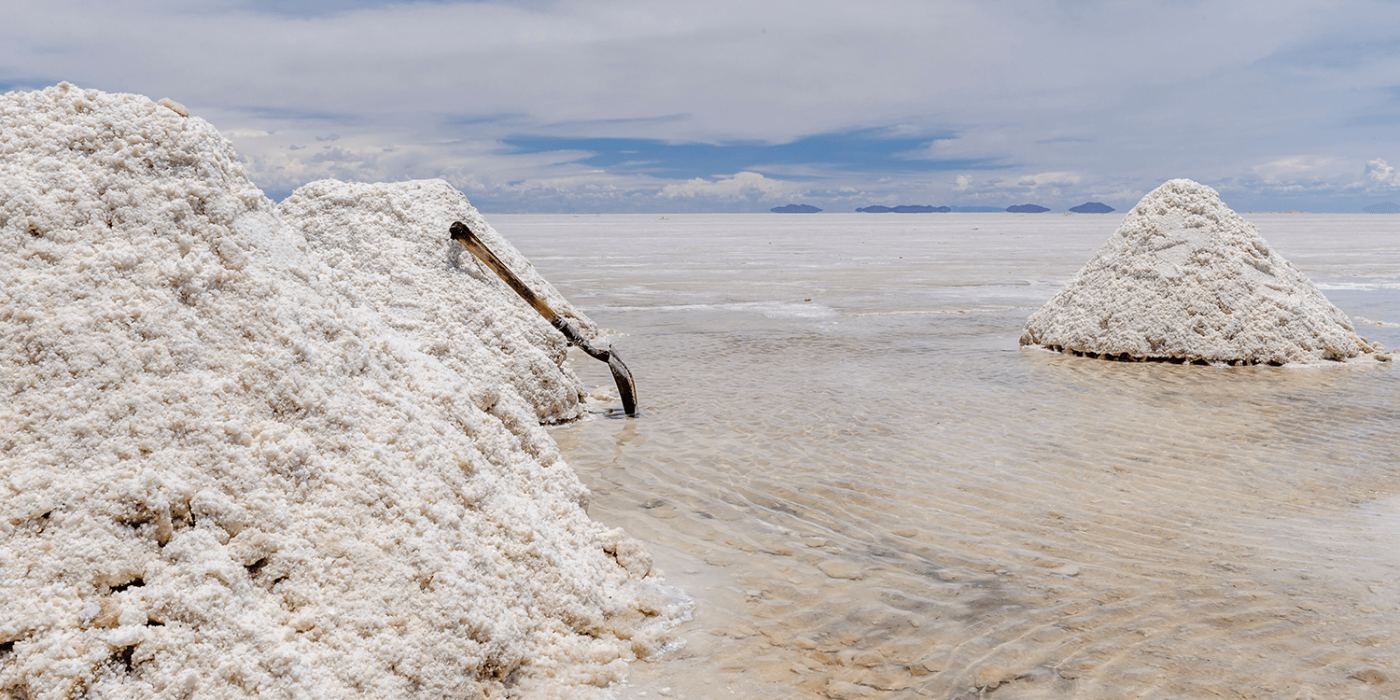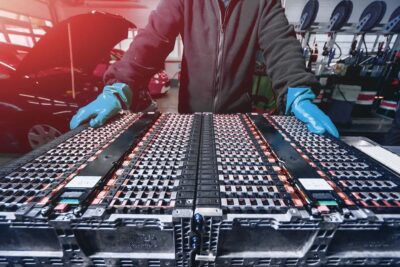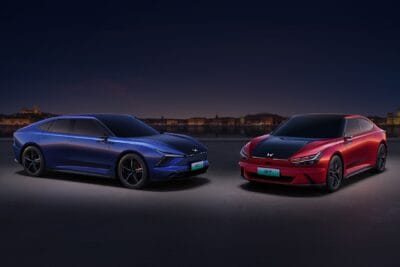The EC launches European Raw Materials Alliance ERMA
To secure the supply of raw materials such as lithium or rare earth in Europe, the EU Commission launched the European Raw Materials Alliance today. ERMA already includes 150 companies as well as non-governmental organizations, associations and governments.
To participate is to ensure a secure and sustainable supply of raw materials in the EU, with a primary view to electric vehicles and energy storage, which the European Raw Materials Alliance (ERMA) identifies as a “most pressing need” in a first phase. The Commission also considers the demand for rare earth materials critical for products like wind turbines; these could increase ten-fold by 2050. Naturally, the new Alliance is part of the EU Green Deal.
Maroš Šefčovič, Vice President of the European Commission, emphasised the direct connection to battery supply further in his speech in Brussels, saying: “To secure a sustainable supply of raw materials we need to join forces across Europe, as we have done for the EU Battery Alliance. The European Alliance on Raw Materials will mobilise industrial and innovation actors, Member States, regions, the EIB, investors and civil society – to help build our capacities and investment cases along the entire value chain, from extraction to processing and recycling.”
The European Battery Alliance had been floated as a concept similar to Airbus already in 2017. A year later, focus sharpened in the form of an action plan that envisioned a “green battery” which would adhere to European standards designed to set the EBA apart from the mainly East-Asian competition. These may also include recycling and second-life scenarios for batteries as well as responsible sourcing and labelling. The EBA this year became more concrete as seven programmes kicked of as Battery 2030+ as reported.
Šefčovič in his speech to present ERMA, then named collaboration, sustainability and resilience as well as shared ambitions as key learnings from the EBA that may be transferred to the new alliance.
He also pointed out progress with investment in Europe reaching 60 billion euros, three times more than in China, according to the EC, last year. Also to date, funding of battery advance in Europe has reached €25 billion, twice as much as in China. The Commission thus considers Europe “well on track to become the second manufacturer of the lithium-ion battery cell by 2024, overtaking the US and the rest of Asia”. The EC also claims that thanks to the EBA, Europe is moving from covering 3% to 80% of battery-related needs for lithium by 2025.
Of course, the EC is aware that “we are almost exclusively dependent on China,” at the moment, “despite interesting deposits in Europe (in France, Germany, Portugal, Spain, Sweden or in Greenland and Norway) as well as despite huge recycling and re-use potential,” said the Vice President.
Apart from the recycling, there is also the upcoming Battery Regulation proposal, that will address responsible and sustainable sourcing of raw materials for batteries. This could, in fact, become one of the stronger points in which to distinguish battery making in the European Union from other markets, foremost in Asia.
For the ERMA, membership is open and already show a strong following. Current members unite various European initiatives such as the Critical Raw Materials Alliance or the ECGA – European Carbon and Graphite Association and also the French Ministry for Economy and Finance. For intermediate products, you find Saft, Albemarle, Elkem of Norway, or Neo Performance Minerals from Canada as well as some UK companies. The most prominent members are those using the final product such as ABB, Fiat Chrysler, Epiroc, Nidec-PSA, Renault, Siemens, Rimac Automobili, or Valeo. There is Fortum for recycling among many others that can be found on the website of the European Raw Materials Alliance (ERMA).
europa.eu (speech Šefčovič), eitrawmaterials.eu, erma.eu (the association)





0 Comments